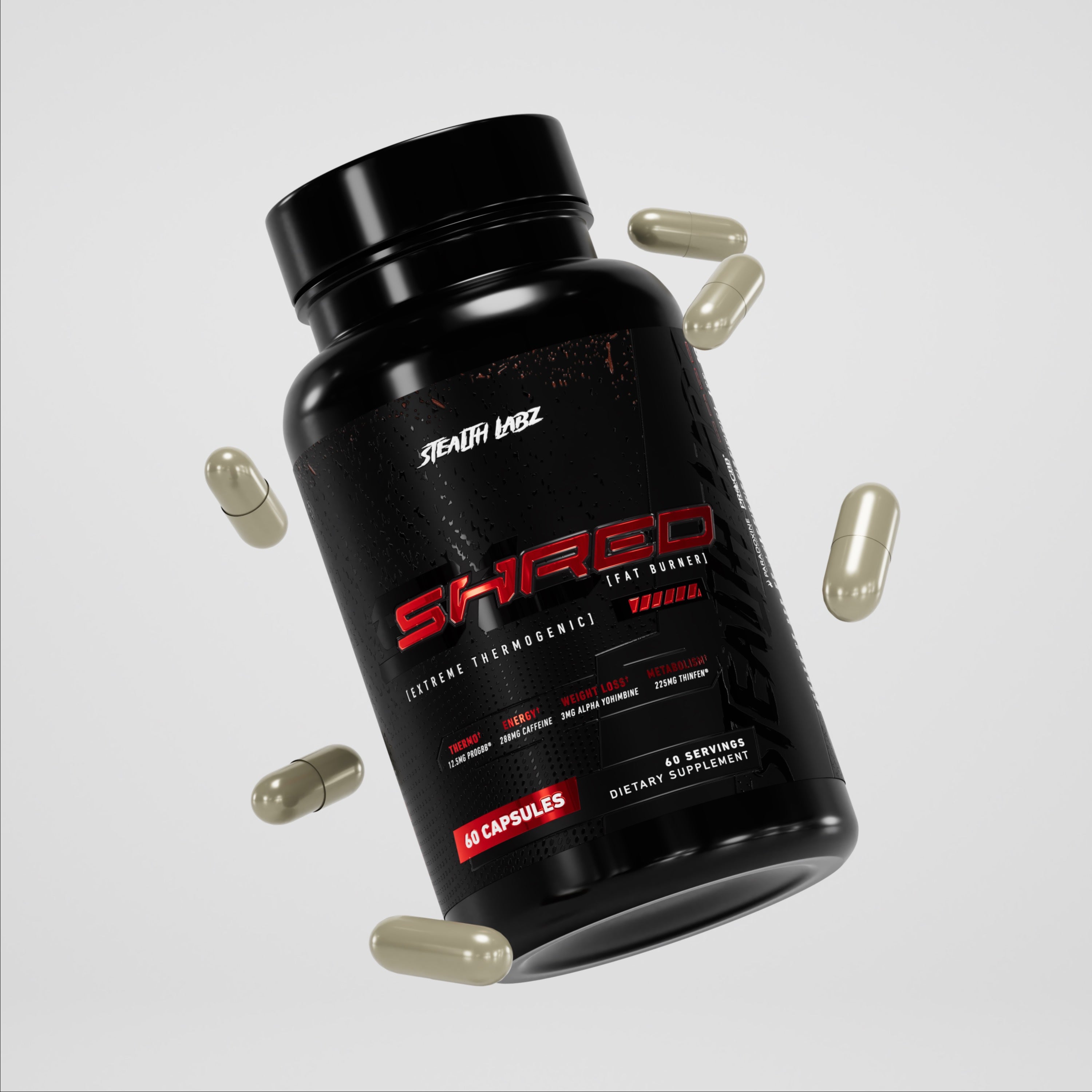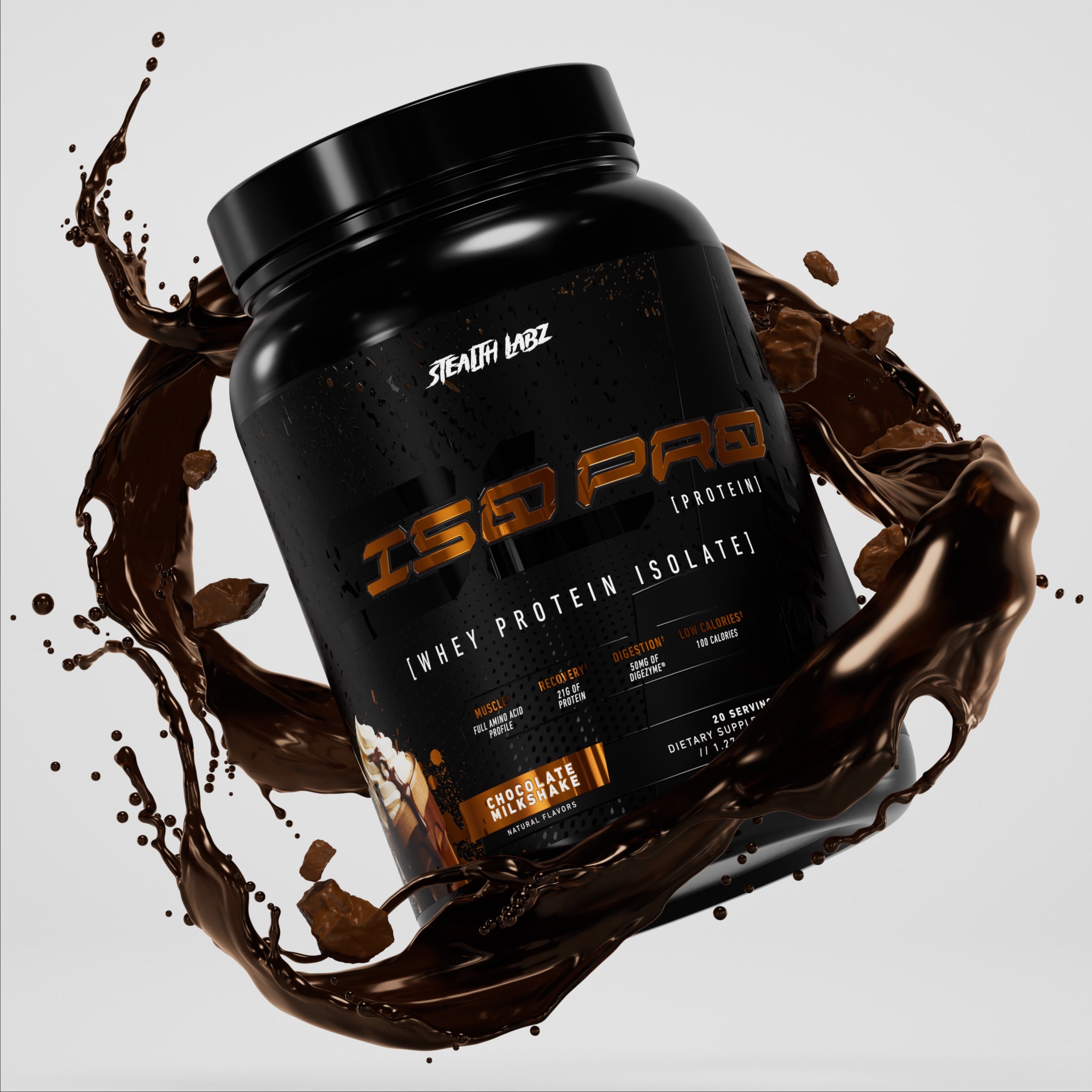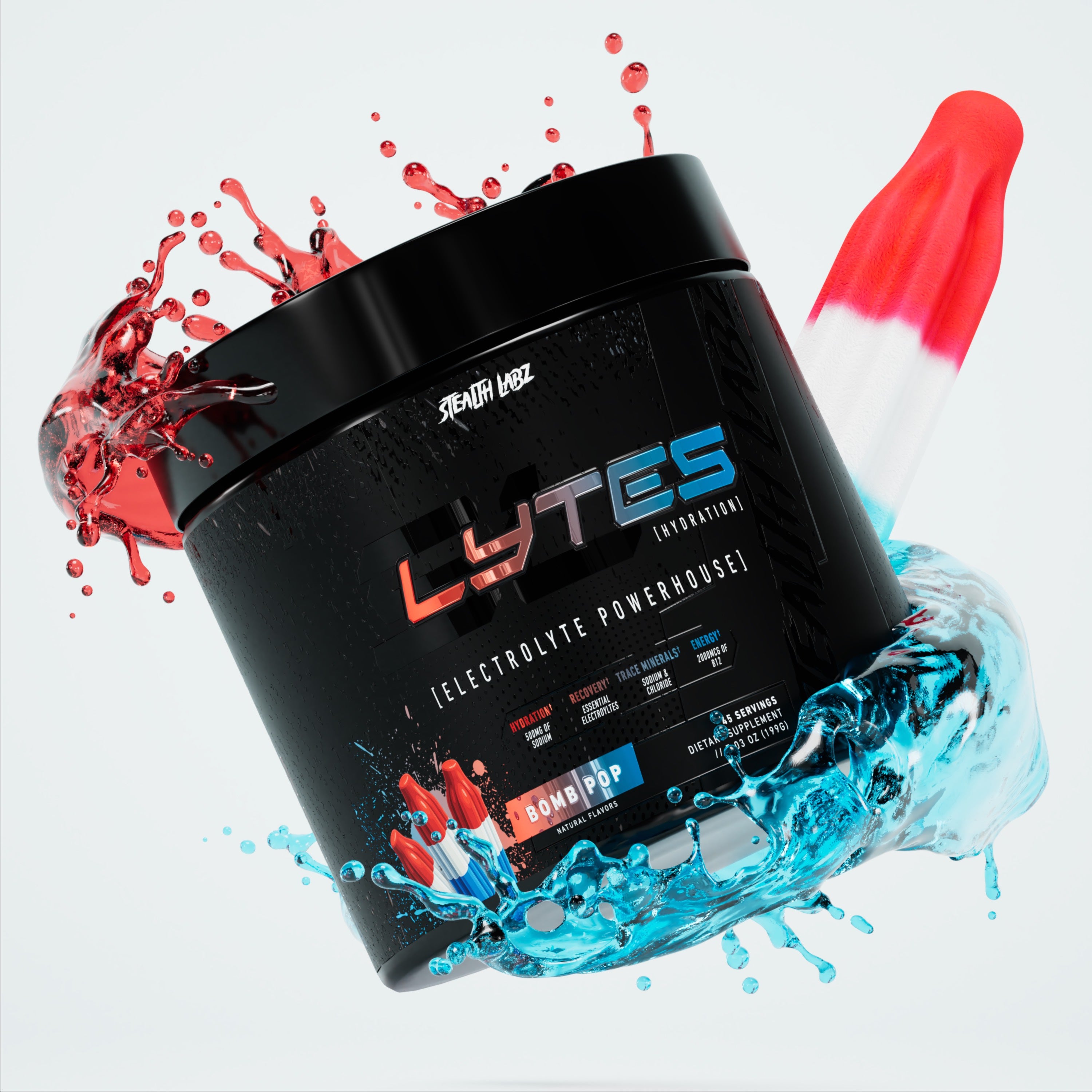Imagine unlocking a full year’s worth of muscle gains in just 90 days. Think about the confidence, strength, and energy you’d gain by hitting your fitness goals faster than ever. It’s not a dream or gimmick—it's about working smarter, not harder. Follow these 7 powerful steps that will transform your body and accelerate your muscle growth.
Setting Realistic Muscle Goals
The first step to muscle gain success is setting realistic and achievable goals. Clear goals help you stay focused and motivated. Without proper goals, progress can seem slow or confusing. Realistic goals should match your body type, lifestyle, and available time. This section will guide you in setting achievable muscle gain targets.
Understanding Your Body Type
Your body type influences how quickly you can build muscle. Some people see fast muscle growth, while others take longer. Understanding your body type helps you set realistic goals and prevents frustration, ensuring steady progress.
Assessing Your Current Fitness Level
Start by evaluating your strength, stamina, and muscle size. Track your weight and endurance to set goals that fit your starting point. This allows you to measure progress more effectively and see improvements over time.
Setting Specific Muscle Gain Targets
Be specific about your muscle gain targets. Set goals for how many pounds of muscle you want to gain and how strong you want to get. These specific goals will guide your workouts and nutrition plan.
Breaking Down Goals Into Short-Term Steps
Big goals can feel overwhelming. Break them into smaller, manageable steps. Focus on achieving monthly or weekly targets. Small victories boost your confidence and keep you on track toward your bigger goals.
Considering Your Lifestyle and Schedule
Building muscle requires time and effort. Consider your daily schedule before setting goals. Make sure you have time to train and rest properly. Setting realistic timelines prevents burnout and missed workouts.

Tracking Progress Regularly
Track your workouts and body changes regularly. Use photos, measurements, or strength tests to measure progress. Tracking helps you stay motivated and shows what’s working and what might need adjusting.
Adjusting Goals Based on Results
Your body will change as you progress, and your goals may need updating. Adjust your targets based on real-time results to ensure continued progress. Being flexible with your goals helps you stay focused and grow.
Optimizing Your Workout Routine for Maximum Muscle Gain
Optimizing your workout routine is key to fast muscle growth. It’s not just about working harder but about training smarter. The right workout plan will target muscles effectively, reduce the risk of injury, and keep your training exciting. Here’s how to fine-tune your exercises for the best results.
Choose Compound Movements
Compound exercises like squats, deadlifts, and bench presses work multiple muscle groups at once. These movements promote quick strength gains, burn more calories, and improve coordination. Incorporating compound exercises into your routine saves time and boosts muscle growth.
Increase Training Intensity
Push your limits safely by gradually adding weight or reps. Increased intensity challenges your muscles to adapt and grow. Make sure you use heavier weights with proper form and stop just before reaching failure to prevent injury.
Plan Rest Days
Muscles grow during rest, not during workouts. Schedule rest days to allow your muscles to recover. Quality sleep and proper recovery reduce the risk of injuries and fatigue, which helps you train harder in the long run.
Use Progressive Overload
Gradually increasing the weight or reps you lift over time stresses muscles enough to stimulate growth. Avoid making large jumps in intensity, as this can lead to injury. Track your progress to ensure you're moving toward your goals.
Balance Push and Pull Exercises
Train opposing muscle groups for a balanced workout. Push exercises like push-ups build chest and triceps, while pull exercises like rows strengthen your back and biceps. A balanced workout routine improves posture and overall strength.
Incorporate Variety
Change up your exercises every few weeks. Different angles and grips target muscles in various ways. A varied routine prevents boredom and helps avoid plateaus, while also reducing the risk of injury.
Focus on Form
Proper form is more important than lifting heavy weights. Good technique ensures that you target muscles more effectively while preventing injury. Use mirrors or record yourself to check your form. Don’t hesitate to ask for feedback if you’re unsure.
Nutrition for Maximum Muscle Growth
Nutrition is essential to building muscle fast. Without proper nutrition, your workouts won’t yield the best results. Fuel your body with the right foods to support muscle recovery and growth. Protein, carbs, and fats all play an important role in muscle development.
Protein Intake for Muscle Repair and Growth
Protein is the building block of muscle. It helps repair tiny muscle tears caused by workouts. Aim for 1.6 to 2.2 grams of protein per kilogram of body weight per day. Include lean meats, eggs, dairy, and plant-based proteins in your diet.

Carbohydrates as Energy Sources
Carbs provide energy for intense workouts. They refill your muscle glycogen stores, giving you the stamina to train harder. Choose whole grains, fruits, and vegetables, while limiting processed carbs and sugar intake.
Healthy Fats Support Hormone Production
Fats are essential for hormone production, including muscle-building hormones like testosterone. Include healthy fat sources like nuts, seeds, avocados, and olive oil in your diet. Keep fat intake balanced, making up about 20-30% of your total daily calories.
Meal Timing for Optimal Muscle Gains
For optimal muscle gains, consume protein and carbs before and after your workouts. Eating a small meal 1-2 hours before exercise and a recovery meal or shake within 30 minutes after your workout will support muscle repair and energy replenishment.
Hydration’s Role in Muscle Function
Water is crucial for muscle function. Dehydration can decrease strength and recovery. Drink at least 3 liters of water daily, and increase your intake on workout days to stay properly hydrated.
Supplements to Support Muscle Growth
Supplements can complement your nutrition, but they won’t replace a balanced diet. Some helpful supplements include Surge Pre-Workout, Lytes Electrolyte Supplements, ISO Pro Whey Protein, and Shred Fat Burner. These products can enhance energy, promote muscle recovery, and support fat loss, helping you achieve your fitness goals faster.
Avoiding Common Nutrition Mistakes
Skipping meals slows muscle growth. Eating too much junk food adds fat instead of muscle. Track your food intake to ensure you're consuming the right amount of calories, protein, and healthy fats for muscle growth.
Recovery and Rest Strategies for Faster Muscle Growth
Recovery is just as important as your workouts for muscle growth. Without proper rest, your muscles can’t repair and grow effectively. Here are strategies to improve your recovery and ensure you’re building muscle efficiently.
Proper Sleep for Muscle Growth
Sleep is when your muscles repair and grow the most. Aim for 7-9 hours of quality sleep each night. Deep sleep helps release growth hormones that support muscle building.
Active Recovery Days
Active recovery involves light exercises on rest days, like walking or yoga. This promotes blood flow to muscles and helps reduce soreness. Avoid heavy lifting on these days and keep the movements gentle.
Stretching and Mobility Work
Stretching after workouts improves flexibility and reduces tightness. Mobility exercises can improve joint health and movement, lowering your risk of injury. Dedicate 5-10 minutes each day to stretching.
Managing Stress Levels
High stress levels can slow muscle recovery and growth. Practice relaxation techniques like deep breathing or meditation to keep stress at bay. A calm mind supports a strong body.
FAQs about Achieve Your Muscle Gain Goals in Just 90 Days
How Can I Gain 1 Year Of Muscle in 90 Days?
Follow a strict workout plan, eat enough protein, get adequate rest, and stay consistent every day to see significant progress in just 90 days.
What Are the Best Exercises for Fast Muscle Growth?
Focus on compound movements like squats, deadlifts, bench presses, and pull-ups to see quick gains.
How Important Is Nutrition for Muscle Gains in 90 Days?
Nutrition plays a crucial role. You need to eat enough calories and protein to fuel muscle repair and growth.
How Much Rest Do I Need for Optimal Muscle Growth?
Aim for 7-9 hours of sleep each night and take rest days to allow your muscles to recover and grow.
Read more blogs: Muscle Growth







Leave a comment
This site is protected by hCaptcha and the hCaptcha Privacy Policy and Terms of Service apply.